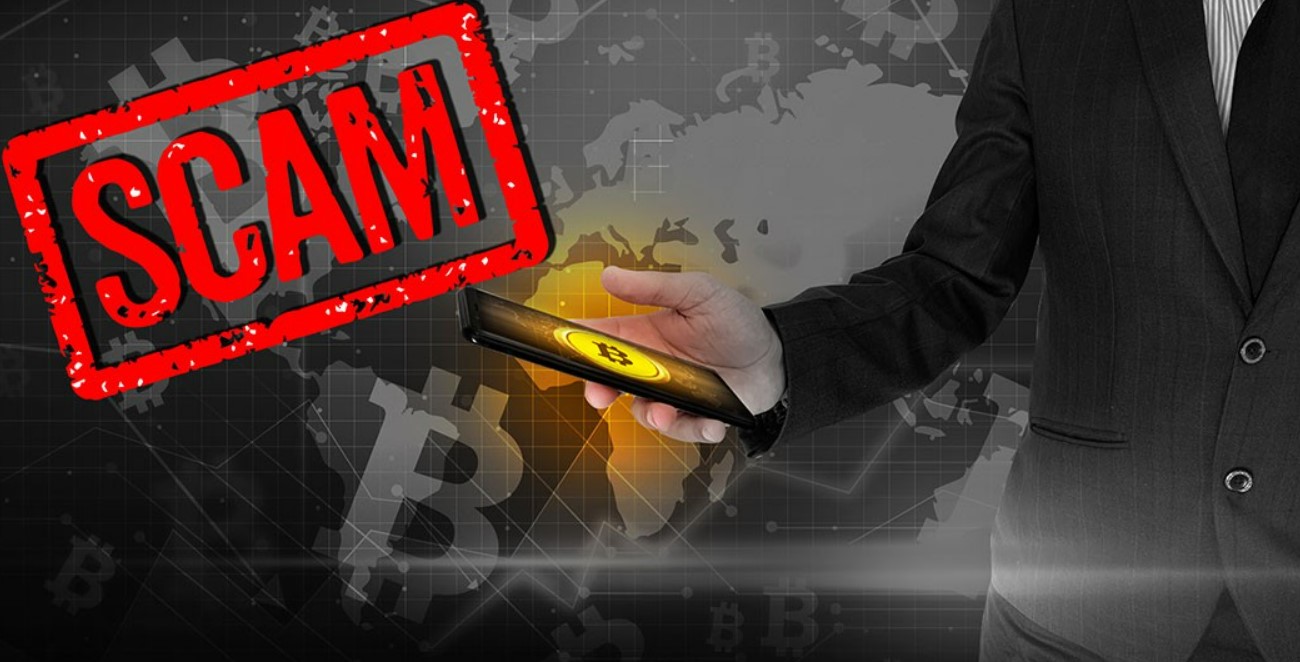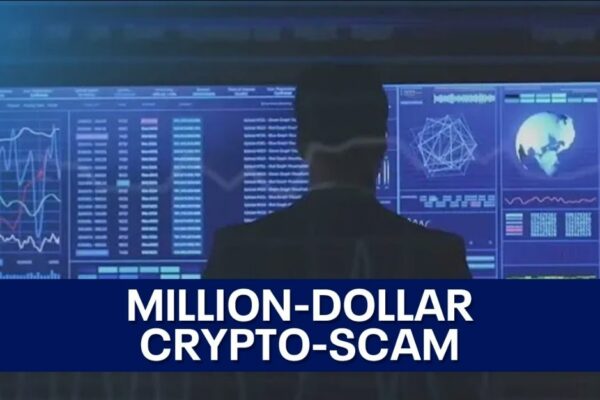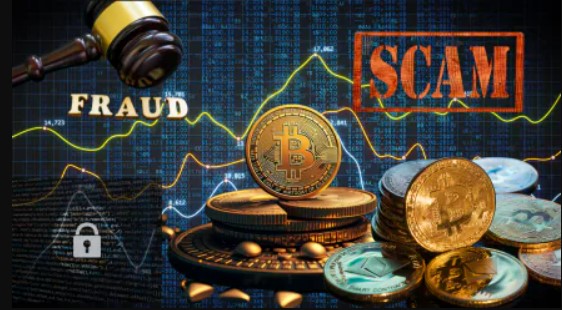Solarafin.com Scam Review -A Risky Investment Site
1) What they present — the surface story
Solarafin.com markets itself as a modern financial services provider — promising trading access, investment management, or signal/strategy services under a polished brand. The website and promotional copy use standard industry language: “returns,” “portfolio growth,” “expert advisors,” and friendly onboarding language designed to feel professional and reassuring. On first glance the product looks like the many legitimate fintech offers available today.
But a professional look and slick marketing are not proof of legitimacy. In the investment world, design is easy and trust is earned through verifiable facts — licensing, clear corporate identity, long track record and independent third-party audits. Solarafin’s public footprint lacks those confirming details, and that’s where concern begins.
2) The single most important signal: official regulator action
The most consequential piece of evidence against Solarafin is an official investor alert from a securities regulator stating that “Solara Finance” (and related trade names) is not registered and is not authorized to solicit investors in their jurisdiction. When a regulator names a brand and warns consumers it is not registered, that is far more than rumor — it is an authoritative consumer-protection notice that changes the presumption of legitimacy into one of serious suspicion.
Regulatory alerts usually arrive after multiple complaints or corroborating evidence has been gathered. They are not issued lightly. For a consumer, this single datapoint should be treated as the strongest red flag available.
3) Reputation: reviews and complaint signals
Independent review platforms show a worrying pattern:
-
Public review aggregators and consumer sites list multiple one-star complaints, with users reporting slow or no responses from support and unresolved issues after deposits. Trustpilot listings for the brand show overwhelmingly negative recent feedback.
-
Independent blogs and watchdog posts document a rising tide of complaints alleging withdrawal problems and deceptive marketing. These narratives are consistent across several third-party writeups.
A few positive blurbs can exist on sites for many reasons (affiliate marketing, fake reviews, or small numbers of positive experiences), but when independent, persistent, and similar negative reports appear across platforms they deserve weight: they point to an operational pattern rather than isolated user error.
4) Common operational red flags visible in Solarafin’s traces
Putting the technical and reputational signals together, several typical scam tactics stand out in Solarafin’s case:
-
Regulatory opacity. Claims of legitimacy are not matched by verifiable registrations or licence numbers in notable regulator registers. That absence is meaningful — regulated firms publish licence information because it’s required and builds trust.
-
Withdrawal and support complaints. Multiple users report delays or non-responses when attempting to withdraw funds or resolve account problems — the most common early indicator of a platform that values deposits far more than payouts.
-
Mixed automated trust signals. Several automated site scanners and review aggregators flag the domain as suspicious or assign low trust scores — not definitive proof, but additional evidence that the site’s technical profile and public footprint are weak.
-
Repeated brand variants and domain confusion. Watchdog writeups note multiple similar brand names and domains in the same corporate orbit; scammers often spin up many variants to confuse investigators and migrate when pressure increases. zoryacapital.com
When these tactics co-occur, they align with the playbook used by many online investment scams: attractive marketing to acquire funds, simulated or early small gains to create trust, and friction or disappearance when money needs to move back out.
5) How victims typically experience these operations
From the complaints and writeups, the typical victim timeline looks like this:
-
Initial contact or ad exposure. The user sees a social ad, message, or search result promising professional management or high returns.
-
Small deposit & onboarding. The platform encourages an initial deposit threshold; early account screens may show quick “gains” or successful trades.
-
Encouragement to increase funds. Advisors (real or scripted) push for larger investments or upgrades to “premium” accounts to unlock better returns.
-
Withdrawal friction. When the user requests withdrawal, the platform introduces delays, new verification steps, or sudden “taxes/fees” that must be paid before funds are released.
-
Communication breakdown or disappearance. Support becomes unresponsive, domain names are changed, or the site restricts access — at which point serious recovery becomes difficult.
This lifecycle is repeatedly reported across many recent scam cases and matches the accounts linked to Solarafin.
6) The messaging tricks: why people fall for it
Solarafin’s marketing uses a few psychological levers that are effective on real people:
-
Authority by presentation. Financial jargon, polished dashboards and “advisor” personas create an aura of professionalism.
-
Social proof. Testimonials and “client success” stories (sometimes curated or faked) make the opportunity look validated by others.
-
Urgency & scarcity. Offers framed as “limited” or “exclusive” push quick decisions, reducing time for verification.
-
Reciprocity & personalization. Personalized outreach from a friendly representative lowers skepticism and increases compliance.
None of these are illegal by themselves — they’re standard marketing tools. The problem is when they’re paired with opacity and avoidance of regulatory or legal accountability.
7) What the aggregated evidence tells us
No single data point “proves” malicious intent, but the combined profile here is telling:
-
An official regulator alert naming the brand as unregistered is the strongest single indicator.
-
Consistent user complaints about withdrawals and support failures reinforce the regulator’s concern.
-
Independent watchdog writeups and automated trust scans add technical and reputational corroboration.
Taken together, these pieces make a robust case that Solarafin operates well outside the norms of reputable, regulated firms and presents significant risk to those who deposit funds.
8) Practical takeaway (short and clear)
Solarafin / Solara Finance displays multiple red flags and has been formally named by at least one securities regulator as not registered to solicit investors. The available public evidence (reviews, watchdogs, and trust scans) aligns with patterns common to fraudulent or high-risk operations. For anyone prioritizing capital safety and transparency, this brand should be treated as very high risk.
9) Closing note on vigilance
The online investment ecosystem includes many legitimate and well-regulated firms — but the volume of polished, high-pressure scams has increased alongside crypto and online trading popularity. The clearest line between safe and unsafe is verifiable regulation, transparent corporate identity, and a long, auditable track record. Solarafin currently lacks those pillars in the public record.
Report Solarafin.com Scam and Recover Your Funds
If you have lost money to Solarafin.com, it’s important to take action immediately. Report the scam to Jayen-consulting.com, a trusted platform that assists victims in recovering their stolen funds. The sooner you act, the better your chances of reclaiming your money and holding these fraudsters accountable.
Scam brokers like Solarafin.com continue to target unsuspecting investors. Stay informed, avoid unregulated platforms, and report scams to protect yourself and others from financial fraud.
Stay smart. Stay safe






